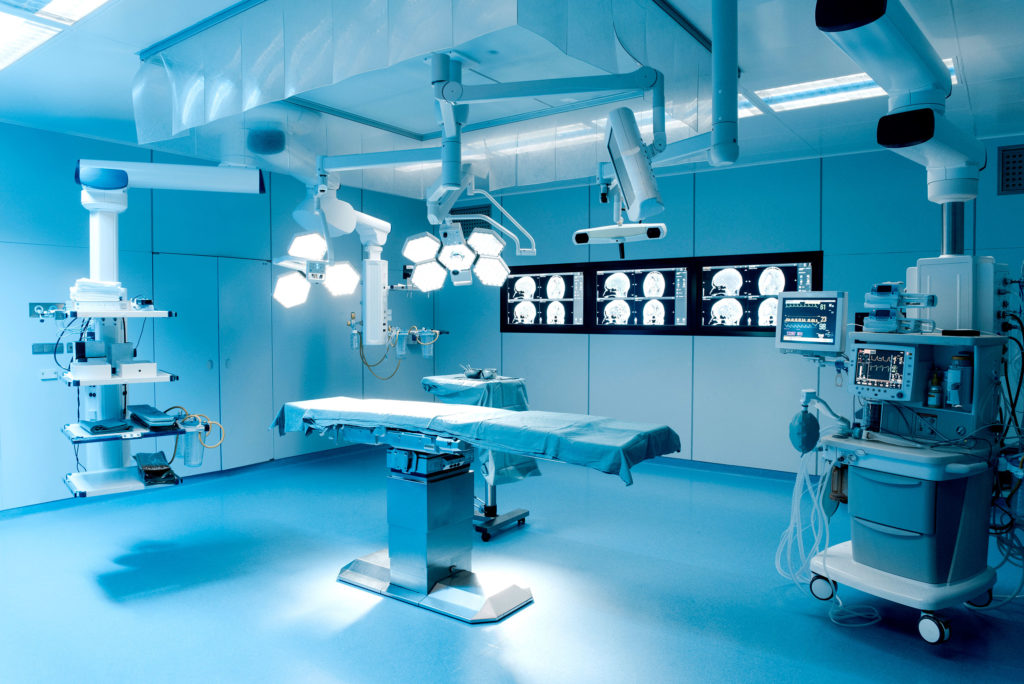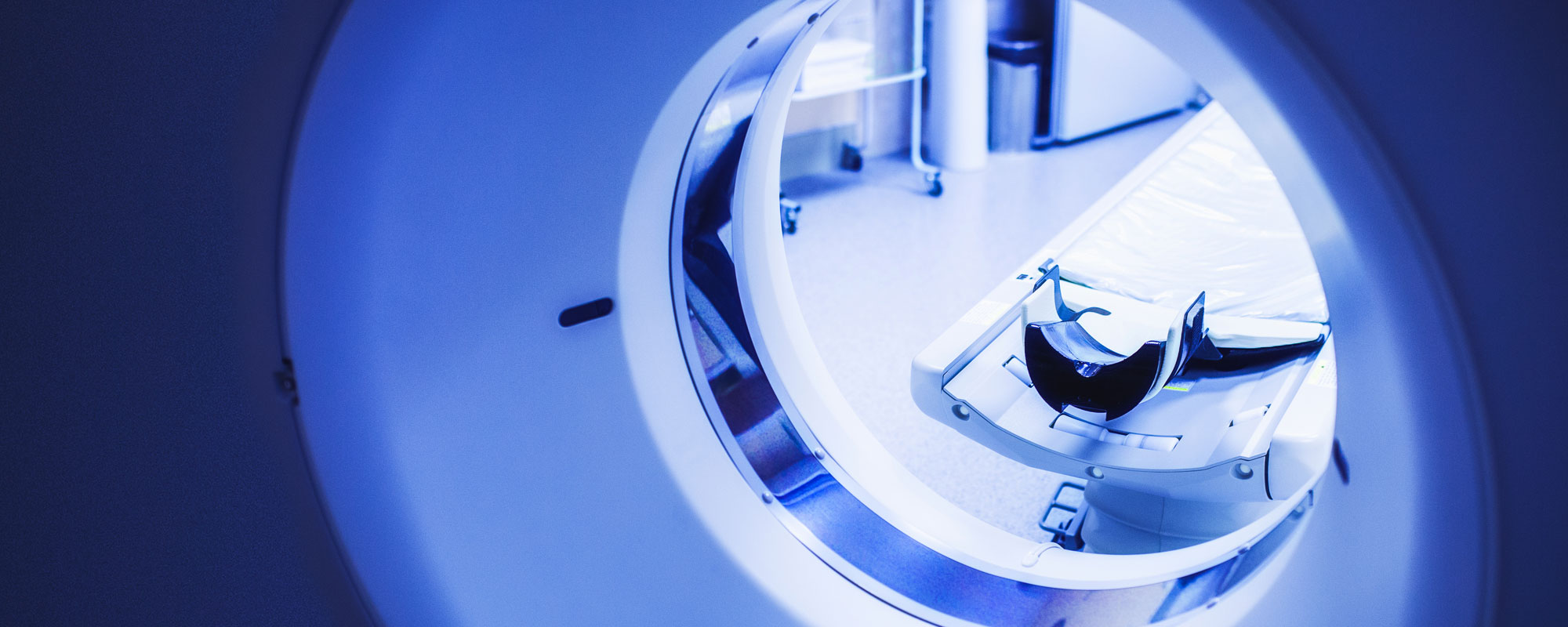Efficiency
Engineering Better Patient Care
Linear Motion Technology Supports Healthcare Advancements
Advancements in medical technology are transforming healthcare. From complex imaging systems that identify fractures to surgical systems that repair limbs to gait-training equipment that facilitates recovery, these innovations are improving the human condition. Linear motion solutions by Rollon support many of the machines that diagnose, treat and rehabilitate patients — enhancing and extending quality of life.
Rollon engineers use their technical expertise in this field to improve patient comfort, make health care workers’ jobs easier and improve efficiencies in hospitals and clinics.
“Equipment engineers constantly have brilliant ideas of what’s possible in support of better medical care and practices,” said Jörg Lillpopp, director sales and engineering at Rollon, a Timken Company brand. “What we provide is deep knowledge and a vast portfolio of customizable solutions that can make those ideas a reality in all aspects of patient care.”
“Equipment engineers constantly have brilliant ideas of what’s possible in support of better medical care and practices. What we provide is deep knowledge and a vast portfolio of customizable solutions that can make those ideas a reality in all aspects of patient care.”
Jörg Lillpopp
Director Sales & Engineering, Rollon
Greater comfort during medical imaging
In the last decade medical imaging has advanced to capture more accurate images. That translates to earlier detection of complications, more accurate diagnoses and less need for exploratory surgeries.
Rollon technology helps move patients into position during X-rays, MRIs and nuclear medicine imaging. These diagnostics detect conditions from bone fractures to cancer. Because patients can be in pain, stressed or both during these tests, keeping patients calm is a top priority.
Some MRI machines use Rollon’s Easyslide system, which improves patient comfort through smooth, quiet motion. The system benefits medical imaging technicians. The durability and ease of motion help technicians correctly position patients of all sizes, and the equipment reliability and longevity help diagnose more patients efficiently.
Rollon® linear motion systems are comprised of caged ball bearings running inside cold drawn steel linear rails. Sliders inside the rails ensure an exceptionally compact system to reduce imaging machine size. In manufacturing, Rollon may apply surface finishes like nickel-plating to the raceways for higher load capacity and durability.
Combining surface treatments and different material types to optimize systems differentiates Rollon from other linear motion solution providers. “We’re unique, and that’s what is needed to serve this industry,” Lillpopp said. “Medical equipment customers have their own technical requirements and preferences, and 100% of what we innovate is customized in some way.”
Magnetic resonance imaging (MRI) produces three-dimensional images of the body’s internal systems to detect and diagnose disease and monitor treatment progress. Rollon’s Easyslide system supports quiet, smooth movement of patients into the machine for non-invasive testing. See more Rollon technology in motion.
Easier and safer surgeries
In operating rooms worldwide, cutting-edge surgical equipment now comes with greater technology, but also more monitors and more power cords. Equipment providers now attach as much as they can to ceiling-mounted booms made with Rollon® linear actuators so staff have more space to work and efficiently position tools during procedures.
This creates unique technical challenges. Rollon must ensure patients are protected from mechanical factors that could compromise their surgery — like particle contaminants or leaking lubrication.
Rollon linear actuators are ideal for clean room systems that would enable motion while preventing particles from being discharged into the room. The belt-driven units include vacuum systems that suck up particles released during system use and direct them to air filtration areas.
Lubrication is essential in these systems to prevent wear, yet it needs to be minimized. Rollon engineers design actuators to operate with very low volumes of grease or oil that is just enough to stabilize the application, but not enough to generate leakage.
Rollon linear actuators are ideal for clean room systems that would enable motion while preventing particles from being discharged into the room.
A better physical rehabilitation experience
Supported by Rollon, advancements in rehabilitation technology benefit patients learning to walk again. Today’s rehabilitation devices use robotics that adapt to patients’ physical stature, condition and severity and reduce setup times between appointments. Patients get more customized care that encourages natural gait patterns and quicker progress. They also get more net therapy time with their physical therapists.
In robotic-assisted gait training equipment, moveable arm rests use telescopic rail systems that allow patients to get on the machine. The machine’s foot movement also uses rail systems that support a patient’s forward and backward movement as they practice walking.
The heart of the machine is a pelvic guidance system that supports the patient’s midsection and moves up and down with their natural gait. Inside, a Rollon actuator facilitates the smooth horizontal motion. The actuator supports the patient and promotes a feeling of weightlessness. It’s a feeling that simultaneously protects the patients from extra strain and gives them confidence in their abilities and progress.
Paving the way for the future
As technology rapidly advances in all aspects of medical care, Rollon’s commitment to co-engineering with customers will contribute to successful innovations with global impacts. One example is remote robotic surgery, where it will be possible for a surgeon in one country to operate on a patient who is hundreds or thousands of miles away using networked equipment. This capability could expand access to exceptional medical care into the world’s most remote and economically challenged regions.
“Mechanically, it’s been tested and is already possible,” Lillpopp said. “The industry is simply waiting for data networks to become more stable to support it. When they are, we’ll be ready.”
Learn more about Rollon capabilities that support other cutting edge technologies in automated manufacturing, automated consumer goods warehouses, and eco-friendly e-buses.

Last Updated: 2022/01/3
Published: 2021/12/21
